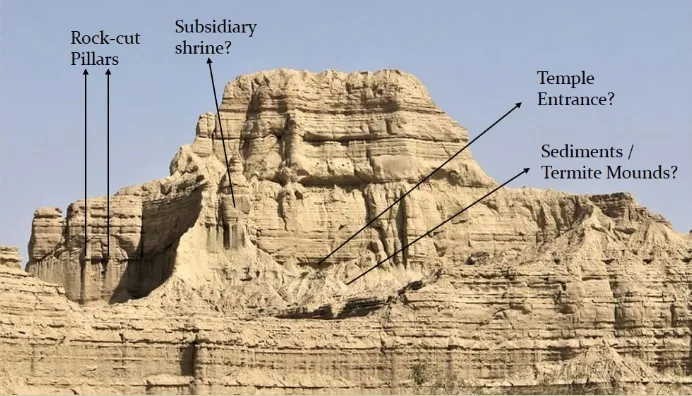The Balochistan Sphinx


The Balochistan Sphinx is routinely passed off by writers as a characteristic arrangement, albeit no archeological study seems to have been directed on the site.2 If we investigate the highlights of the structure, and also its encompassing complex, it winds up hard to acknowledge the oft-rehashed start that it has been formed by common powers. Or maybe, the site resembles a massive, shake cut, design complex.

A quick look at the amazing figure demonstrates the Sphinx to have an all around characterized jawline, and plainly noticeable facial highlights, for example, eyes, nose, and mouth, which are put in apparently idealize extent to each other.
Hidden inside the devastate, rough scene of the Makran coastline of Southern Balochistan, Pakistan, is a design diamond that has gone unnoticed and unexplored for a considerable length of time. The 'Balochistan Sphinx', as it is prevalently called, came into general society eye simply after the Makran Coastal Highway opened in 2004, connecting Karachi with the port town of Gwadar on the Makran coast.1 A four-hour, 240-kilometer-lengthy drive through wandering mountain passes and parched valleys from Karachi conveys explorers to Hingol National Park, where the Balochistan Sphinx is found.